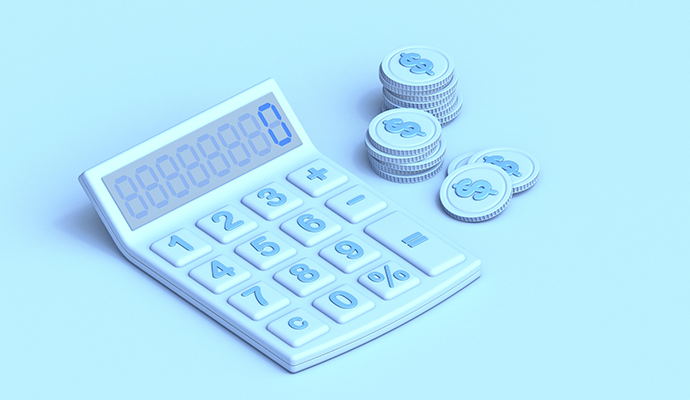7 Out of 10 Americans Struggling With Medical Debt Owe Over $1,000
Medical debt in the US amounted to at least $220 billion in 2021, with certain demographics seeing a higher likelihood of struggling to cover care.

Source: Getty Images
- One in twelve adult Americans owe medical debt, largely those who are uninsured, low-income, or disabled, according to a report from the Peterson-KFF Health System Tracker.
Research on rampant medical debt is plentiful, but this study focused on identifying the debtors. Who are the 20 million Americans who owe a total of $220 billion or more in medical debt?
The study assessed Survey of Income and Program Participation (SIPP) data on individuals owing $250 or more in medical debt. The data is from December 2021.
Seven out of ten study participants who had medical debt owed more than $1,000. A quarter owed between $2,001 and $5,000.
Individuals who had a poorer health status or who had a disability were more likely to have medical debt.
One out of every five individuals who reported having a poor health status in 2021 also reported having medical debt along with 14 percent of those who reported having fair health. Additionally, 13 percent of respondents with a disability had unpaid medical bills. In contrast, only 4 percent of those with excellent health and 6 percent of those without a disability had medical debt.
“People with complex health needs that require ongoing care can see medical bills pile up over time. Those in worse health or those living with disabilities may also experience unemployment or income losses, further contributing to their difficulty affording medical bills,” the researchers explained.
Many of those who were uninsured for part or all of 2021 experienced challenges paying off their medical bills. Of those who were uninsured for part of 2021, 14 percent had medical debt. And 11 percent of those who were uninsured for the whole year reported the same problem. Meanwhile, 8 percent of those who had coverage for the full duration of 2021 had medical debt.
Having a low income was another key characteristic of the population with medical debt. Among individuals whose incomes did not exceed 199 percent of the federal poverty level (FPL), 11 percent had medical debt along with 10 percent of those whose incomes fell between 200 to 399 percent FPL. Meanwhile, only 4 percent of those with incomes 600 percent FPL or more had unpaid medical bills.
Individuals who were low-income (0 to 399 percent FPL) and in poor health had the highest likelihood of struggling with medical debt (22 percent). People with low incomes who had fair health were more likely to report having medical debt than those with poor health but high incomes (15 percent versus 14 percent, respectively).
The study also broke down its respondent pool by race, gender, and age to identify common characteristics among individuals with medical debt. The results highlighted the need for better health equity.
Non-Hispanic Black patients were most likely of the five racial categories to have medical debt, with 13 percent of this population reporting that they had unpaid medical bills. Those who identified as Non-Hispanic Other followed close behind, with one in ten people who fell into this category having medical debt. Non-Hispanic Asian people had the lowest rate of medical debt.
Women were more likely to have medical debt than men. Nine percent of women reported having unpaid medical bills, compared to 7 percent of men. The researchers attributed this to the cost of childbirth and gender wage gap.
Medical debt was most common among people ages 35 to 49 (11 percent), followed closely by those between the ages of 50 and 64 (10 percent). People who were eligible for Medicare coverage based on their age were least likely to have medical debt. Only 3 percent of individuals 80 and older owed money for medical bills.
“Medical debt can happen to almost anyone in the United States, but this debt is most pronounced among people who are already struggling with poor health, financial insecurity, or both,” the researchers concluded.
“The fact that medical debt is a struggle even among households with health insurance and middle incomes indicates that simply expanding coverage will not erase the financial burden caused by high cost-sharing amounts and high prices for medical services and prescription drugs.”
When left unchecked, affordability challenges present a key barrier to access to care.
